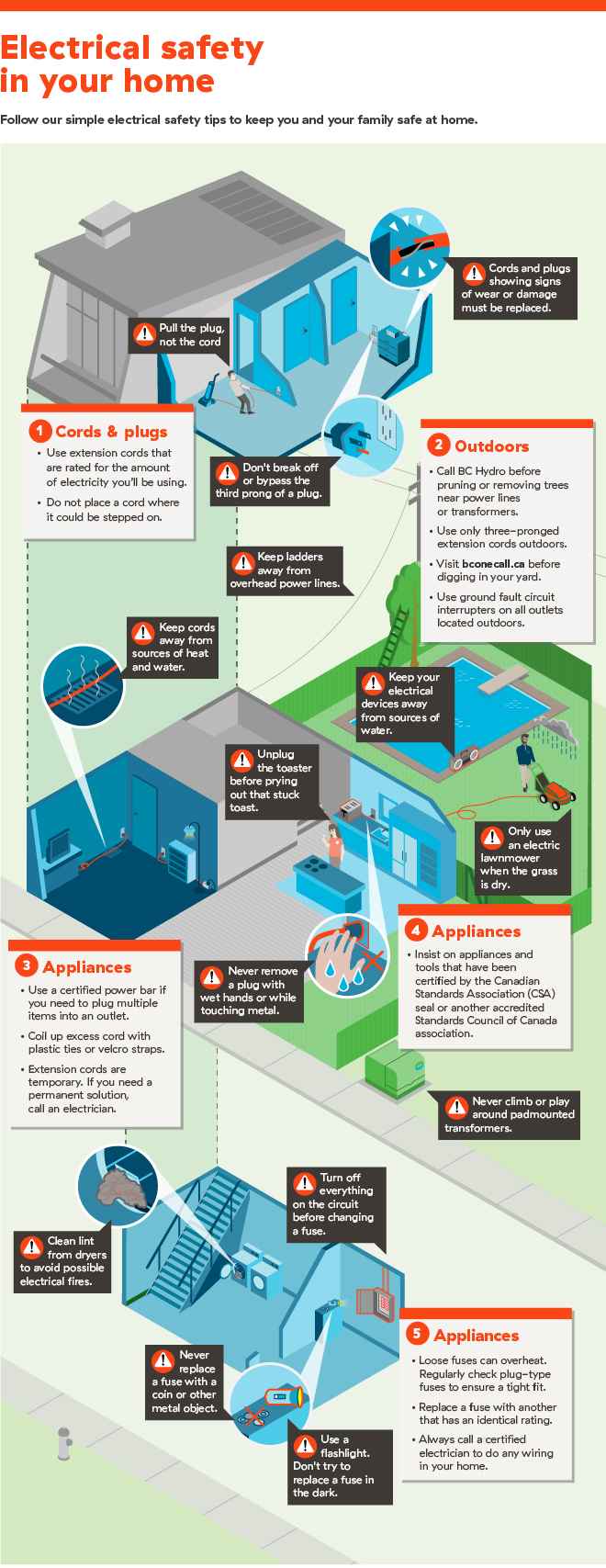Indicators It's Time For Tree Elimination: How To Determine Dangerous Trees
Indicators It's Time For Tree Elimination: How To Determine Dangerous Trees
Blog Article
Article By-Harrell Goodman
When it involves tree care, acknowledging the indications that it's time for removal is crucial for your safety and residential or commercial property. You might observe blemished leaves, wilting branches, or strange fungal growths suggesting health problems. Architectural issues, like a significant lean or fractures in the trunk, can also position risks. Recognizing these warning signs can assist you make informed decisions concerning your trees and protect against possible hazards prowling in your yard. What should you search for following?
Signs of Degeneration and Illness
When you observe indications of decay and illness in your trees, it's vital to act swiftly. Look for discolored leaves, wilting branches, or uncommon growths like fungus. These can show that your tree is having a hard time.
If you see cracks in the bark or soft, mushy timber, these symptoms recommend interior decay. In addition, an unexpected increase in pests around your tree can signify that it's damaged and prone.
Check for any type of dead or passing away limbs, as they posture a risk to your residential property and security. If you're uncertain concerning what you see, getting in touch with an arborist can supply quality.
Attending to these indicators early can save you from much more considerable damage and ensure the wellness of your lawn. Do not wait up until it's too late.
Structural Instability and Leaning
As you observe your trees, keep an eye out for any indicators of structural instability or leaning. If a tree leans substantially, it may show that the root system is jeopardized.
Look for any splits in the trunk or dirt around the base; these can indicate potential failure. In addition, check for uncommon growth patterns, like an unbalanced crown, which may suggest that the tree is battling to hold itself upright.
If you notice that the tree favors your home, high-voltage line, or other frameworks, it postures a higher risk. Do not neglect these indications-- seek advice from an arborist to evaluate the situation.
Acting early can protect against pricey damage and ensure your security.
Dead or Dying Branches and Foliage
If you notice dead or dying branches and vegetation on your tree, it's a clear indicator that something's incorrect.
These unhealthy locations can suggest underlying concerns like condition, pest invasions, or environmental stress and anxiety. When Apple Tree Pruning Tips shed their leaves or transform brownish, they're no more adding to the tree's health and wellness. Neglecting these signs can result in additional decrease, making your tree much more unsafe.
Dead branches can easily break off during storms, posturing a danger to home and individuals close by. It's crucial to evaluate the level of the damages.
If the problem impacts a considerable part of the tree, take into consideration seeking advice from a specialist. They can aid identify if removal is essential to make certain safety and maintain the appeal of your landscape.
Conclusion
If you notice any type of signs of degeneration, architectural instability, or dead branches on your trees, do not neglect them. These signs can position severe safety risks to you and your residential property. It's always best to get in touch with a specialist arborist who can provide a specialist assessment of your trees. Doing something about it early can protect against accidents and expensive damage, ensuring your landscape continues to be safe and healthy. Bear in mind, it's far better to be positive regarding tree treatment than to wait on a disaster to happen.
